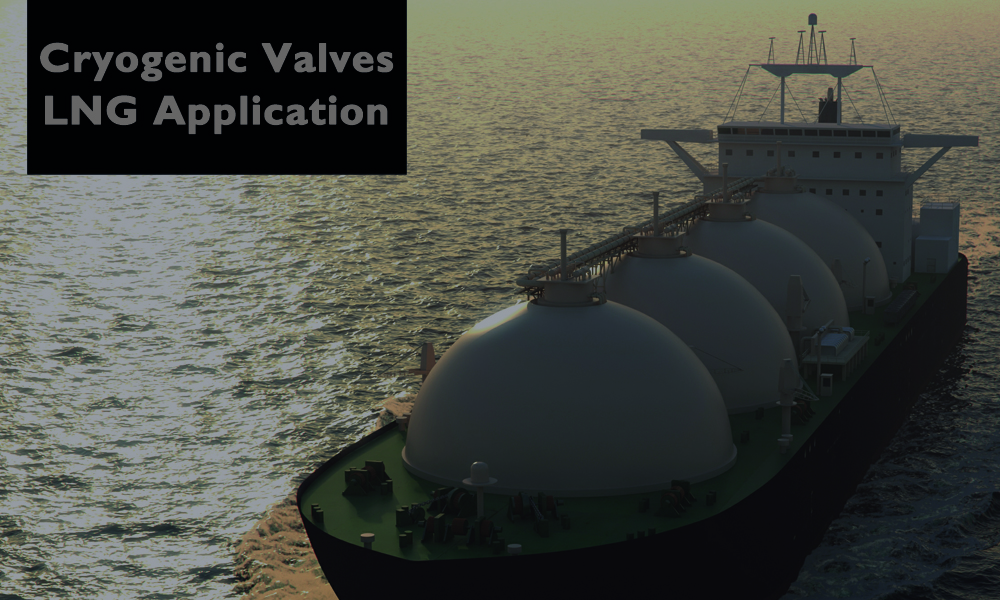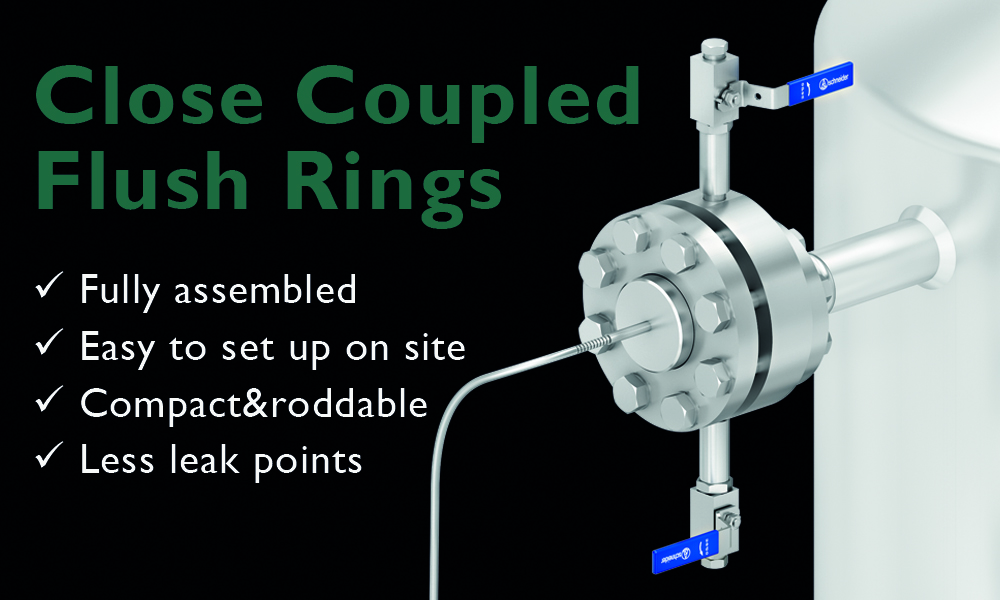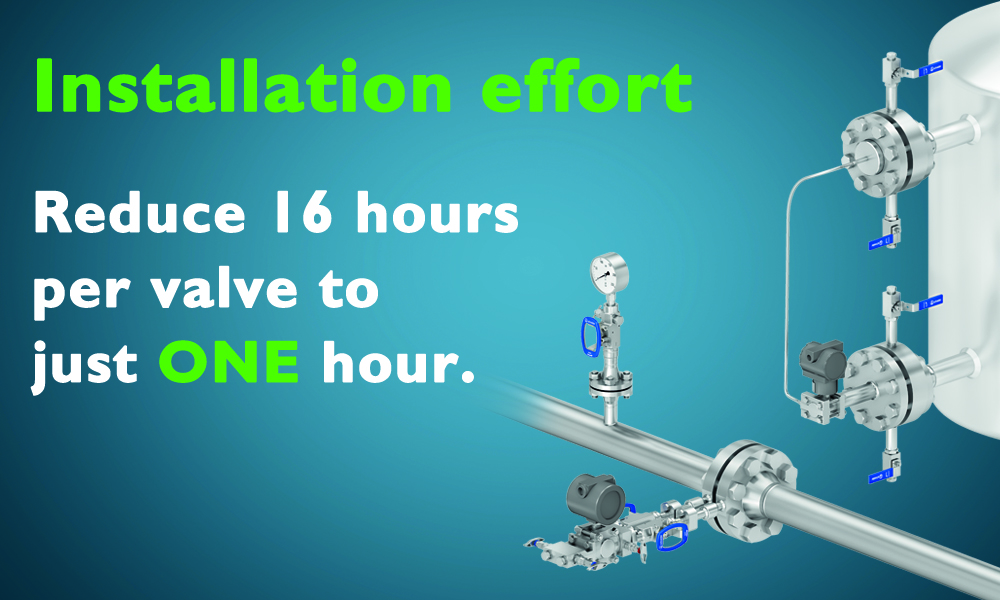I remember very well when we started the development of our Double Block & Bleed Valve Series. We called it “VariAS-Blocks”. Production started 20 years ago, and we have made many improvements since there.
We based the design on the standard SHELL MESC SPE 77/165 (which the MESC SPE 77/170 superseded) and EEMUA 182.
Continue reading





